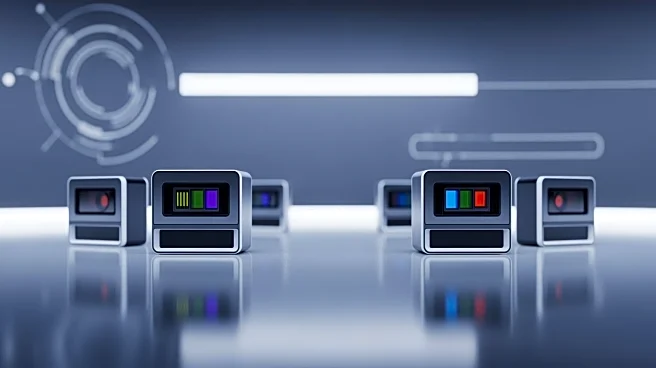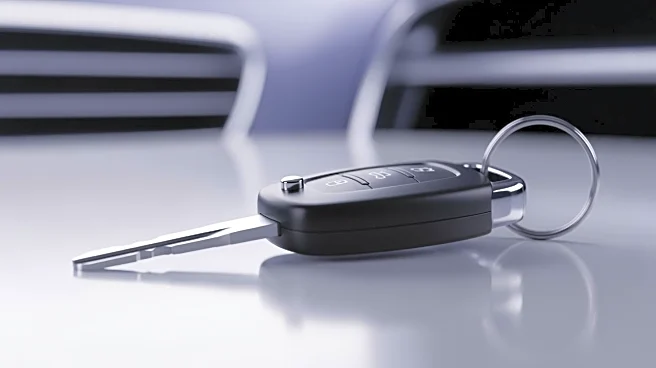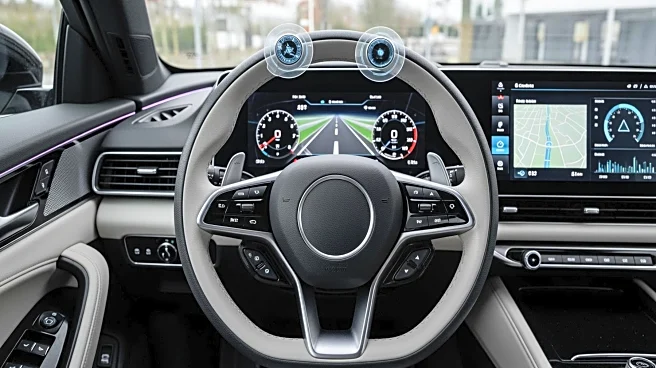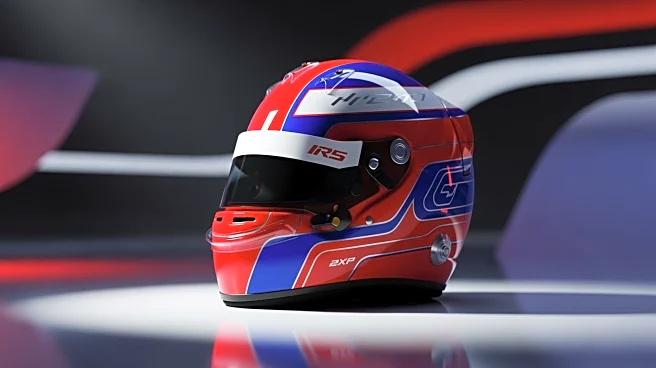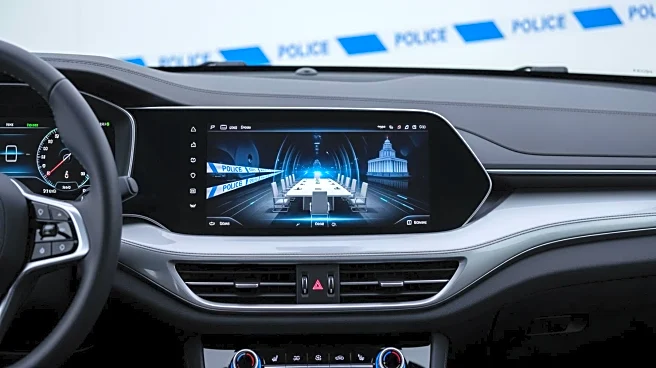What's Happening?
Ford Motor Company has announced the expansion of its BlueCruise hands-free highway driving system to four additional vehicle models starting in spring 2026. The models set to receive this advanced driver
assistance system include the Puma, Puma Gen-E, Kuga, and Ranger PHEV. This expansion follows the system's initial introduction on the Mustang Mach-E in Europe. BlueCruise, which uses cameras and radars to manage steering, acceleration, and braking on designated highways, is already approved for use across 16 European markets, covering over 135,000 kilometers of highways known as Blue Zones. The system has been utilized by Ford and Lincoln drivers globally, accumulating over 888 million kilometers of hands-free driving. The system also includes a driver-facing camera to ensure driver attention by monitoring eye gaze and head position.
Why It's Important?
The expansion of BlueCruise to additional models signifies Ford's commitment to advancing autonomous driving technologies and making hands-free driving more accessible to a broader customer base. This move could enhance Ford's competitive edge in the automotive industry, particularly in the growing market for advanced driver assistance systems. By increasing the availability of BlueCruise, Ford is likely to attract more consumers interested in innovative driving technologies, potentially boosting sales and market share. Additionally, the expansion supports the broader industry trend towards increased vehicle automation, which could lead to improved road safety and reduced driver fatigue.
What's Next?
Ford plans to make BlueCruise available on selected new model-year vehicles from spring 2026, with the system included in the Driver Assistance Pack. The company will announce subscription options and pricing details closer to the on-sale date. As the rollout progresses, Ford may face responses from competitors also investing in autonomous driving technologies. Regulatory developments and consumer feedback will likely influence the system's future iterations and market acceptance.







